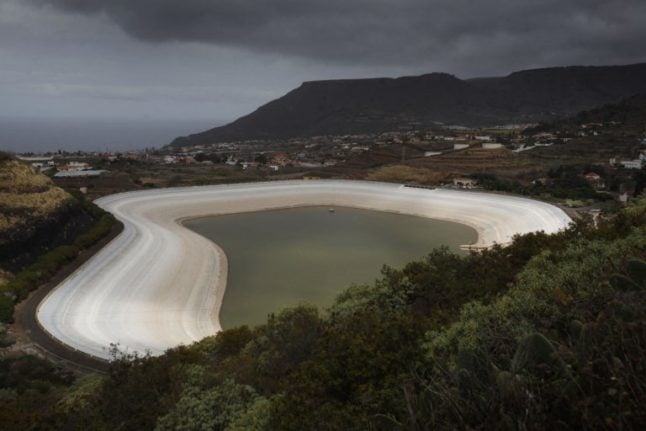The Cabildo government of Tenerife will declare a “hydraulic emergency” on the island on Friday March 1st after a plenary session that looks certain to have the support of all political parties.
This comes after technical reports that point to an extreme and long-lasting drought in the midland areas of Tenerife and a critical risk of water shortages in the coming months and years.
Tenerife is one of the greener Canary Islands, especially its northern half, but a severe lack of rain during its usually wetter winter months are leading authorities to take action soon in order to guarantee the water supply during the drier and longer lasting summer.
This January was the hottest in Tenerife in 60 years, 20.9C on average.
Rainfall has decreased during all seasons in Tenerife by between 15 and 40 percent and water evaporation has increased by between 10 and 25 percent in the midlands largely used for agriculture.
This drier and hotter climate largely explained why wildfires destroyed huge parts of Tenerife’s dense forested areas in August of 2023, the worst fires in forty years.
“We’re facing one of the driest winters in recent history and ensuring the water supply for citizens and for Tenerife’s countryside is an essential issue that cannot have political preferences,” Cabildo president Rosa Dávila told the press.
Vice president Lope Afonso also warned that “the drought will have serious consequences for the agricultural sector”, as did the general secretary of the Canary Islands’ Association of Farmers, who lamented that at this rate “we will reach the summer without water.”
Increasing the capacity of water treatment and desalination plants have been suggested as methods to improve the supply of water for farmers and consumers.
Tenerife, a mountainous island that’s home to Spain’s highest peak El Teide, has no rivers and very few dams, relying on underground water for 80 percent of its supply.
Just under a million people live on the densely populated island which received a record 14.1 million holidaymakers in 2023.
The biggest of the Canary Islands will therefore soon follow in the steps of Catalonia, where a drought emergency was declared in Barcelona on February 1st, increasing the level of already existing water restrictions in the region.
In the southern region of Andalusia, big cities such as Málaga, Seville and Córdoba will have drought-related restrictions to water usage over the summer months unless there are “at least 30 days of rain in a row” beforehand, their president warned in January.
Around 35 percent of Spain is on drought alert or emergency due to a lack of water supplies, with the Valencia region and Murcia also facing increased drought risks this summer.



 Please whitelist us to continue reading.
Please whitelist us to continue reading.
Member comments